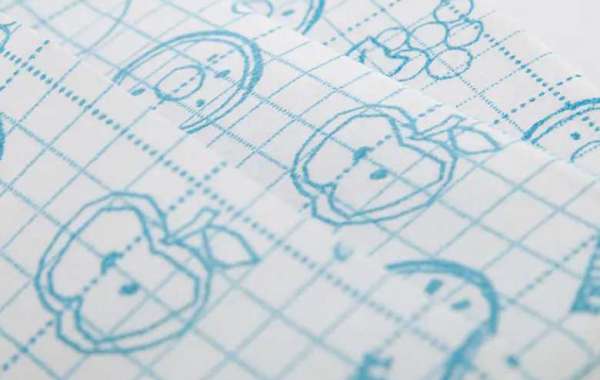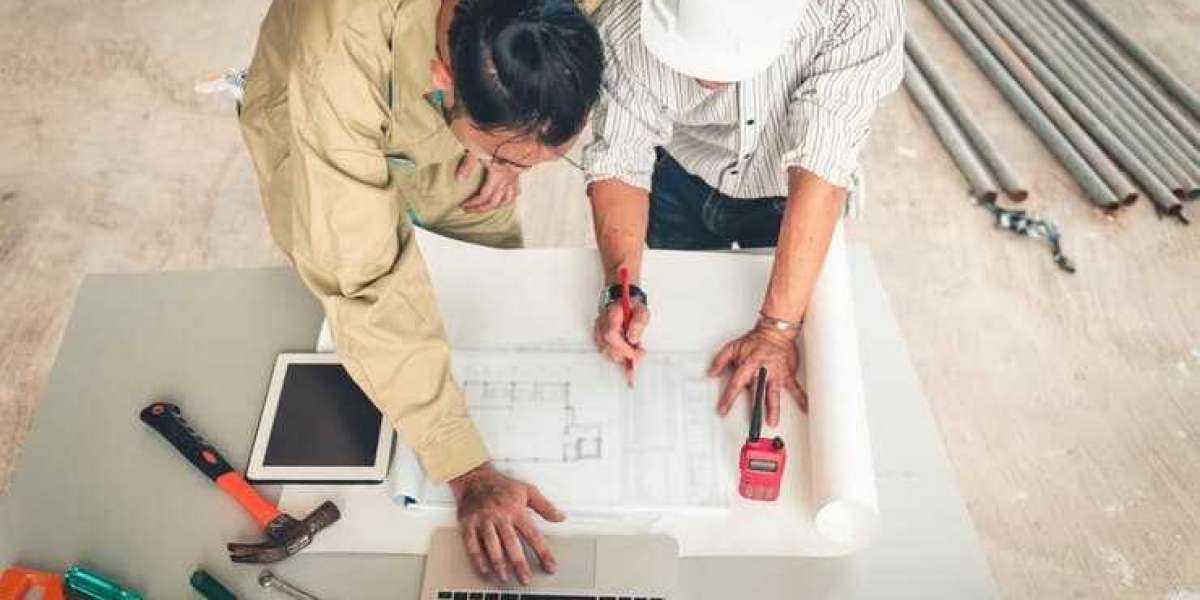Airlaid is a netting process. Air laying (air forming) is a method of forming a net by mixing fibers with air to form a uniform air-fiber mixture, and then depositing it on a moving breathable belt or net. Fiber webs produced in this way can be bonded using latex bonding (LBAL), thermal bonding fibers (TBAL), a combination of the two (MBAL), or high pressure bonding (HBAL) such as hydroentanglement. The term air net refers to the process of hydroentangling airlaid nets.
Airlaid Paper provides an effective carrier for the effective and economical application of various active ingredients. Throughout the history of this technology, it has been successfully used in many wiping applications. Airlaid pulp technology has made significant developments in the 1990s. In the past ten years, the global tonnage of this technology has increased by an average of 12% per year. 2006.3 The global production of airlaid nonwovens totaled over 420,000 metric tons. More than 40% of the fiber web is converted into wipes. The development of this technology will continue to be driven by the widespread use of airlaid pulp materials in wipes and the regulation of the washability of wipes. Airlaid technology is usually different from other drylaid technologies in the use of very short fibers (mainly wood pulp). Therefore, most of the products obtained by this method are highly absorbent, inexpensive and biodegradable. When the latex used as the binding material in the airlaid web is dissolved in water, the web becomes dispersible and washable.
In addition to airlaid paper, at our Yaojin, we also have Non Woven Disposable Bed Sheets . If you are interested, you can contact us immediately.







